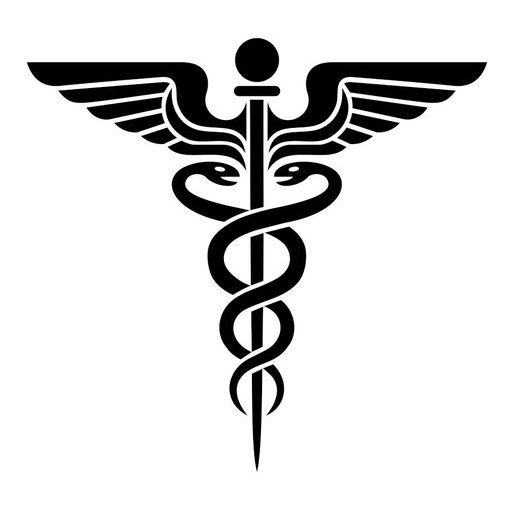In Italy, food supplements are defined by sector legislation (Directive 2002/46/CE, implemented with the legislative decree 21 May 2004, n. 169) as: “food products intended to integrate the common diet and which constitute a concentrated source of nutrients , such as vitamins and minerals, or other substances having a nutritional or physiological effect, in particular, but not exclusively, amino acids, essential fatty acids, fibers and extracts of vegetable origin, both single and multi-compound, in pre-dosed forms”. There are also ministerial guidelines which contain provisions applicable to food supplements for aspects not harmonized at European level.
The use of plant substances and preparations (botanicals) in supplements was regulated on a regulatory level by the ministerial decree of 9 July 2012, where at the Annex 1 we can find all the permitted plant substances and preparations, such as “Uncaria Tomentosa Willd. (ex Schult.) DC.”.
In Europe, use of root (UT) and preparations thereof is not advised for infants under three years of age because of a lack of clinical data. Other contraindicated patients are those waiting to undergo bone marrow or any other organ transplants (2). In Europe, patients are advised to avoid the UT root or extract preparations thereof if receiving or about to receive treatment with any of the following medical interventions: any treatment using immunosuppressant agents: hyperimmunoglobulin therapy (intravenously: i.v.); thymic extracts (i.v.); hormone treatments with animal peptide or protein hormones, such as insulin derived from pigs or cattle: cryoprecipitates or fresh plasma (in hemophiliacs) although standardized factor presents no problem; and passive vaccines made from animal sera which present a risk of serum reaction, although active vaccinations present no risk except for the possibility of a more severe postvaccinational reaction which may be attended with fever. The root bark decoction may, in some patients, result in temporary constipation during the first course of ingestion (3). In patients infected with HIV and in cancer patients, however, rarely, an increase in uric acid may result from an increased lysis of tumor and virally-infected cells. In patients with tumors taking the same extract, a resultant lytic fever may persist for as long as two weeks. In patients with autoimmune diseases or tumors, intermittent constipation and/or diarrhea may occur as a result of additive lactose, both of which are readily treatable with available agents. Patients receiving large doses of chemotherapy and taking a standardized liquid extract of the UT root have sometimes shown a dramatic fall in erythrocytes, which may be the result of increased elimination of damaged cells. The effect can be avoided by taking the extract up to two days prior to and every two to six days following chemotherapy (2).
It is important to note that there are approximately 34 species of cat’s claw and that each species may contain a set of different constituents within that are dependent on:
- a) the area the cat’s claw is grown
- b) the season the cat’s claw is harvested
- c) the extraction process to obtain the cat’s claw powder
- d) whether the bark is obtained from the woody vine or root
- e) the specific species of cat’s claw (1).
Bibliography
- Gonzales, G. F. et al. Medicinal plants from Peru: a review of plants as potential agents against cancer. Anticancer Agents Med. Chem. 6, 429–444 (2006).
- Immodal Pharmaka (1995). Krallendorn, Uncaria tomentosa (Willd.) DC Root Extract: Information for Physicians and Dispensing Chemists, Thrid Revised Edition. Volders, Austria: Immodal Pharmaka GmbH, pp. 1-20.
- Reinhard, K.H. (1999) Uncaria tomentosa (Willd.) DC.: Cat ́s claw, u~na de gato or sav~entaro. The Journal of Alternative and Complementary Medicine5: 143-151.
Sitography
- http://www.salute.gov.it/portale/temi/p2_6.jsp?lingua=italiano&id=1267&area=Alimenti%20particolari%20e%20integratori&menu=integratori
- https://efsa.onlinelibrary.wiley.com/doi/pdf/10.2903/sp.efsa.2007.ZN-001?cookieSet=1
